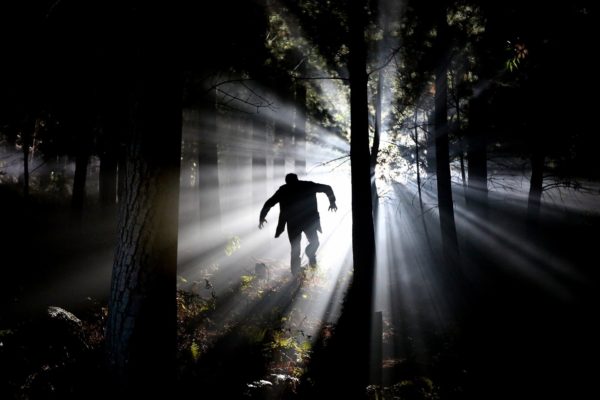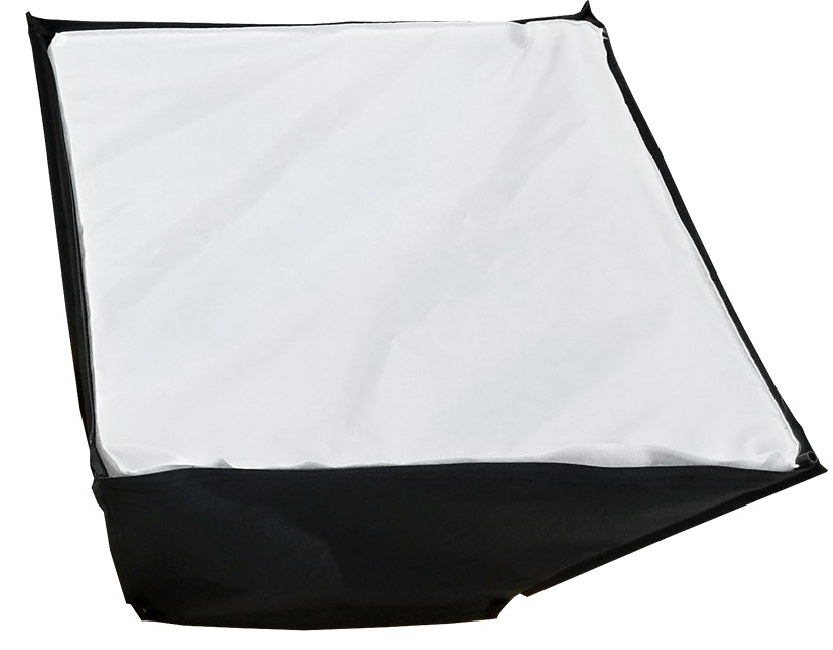“Lighting is to film what music is to opera”
– C.B. Demille [Brown 1996]
Lighting is commonly used in the film shooting industry. Through the application of lighting technology, the visual effects of film can be improved, and the recognition of audiences can be improved.
Section(Ⅰ):https://www.ledsfilm.com/analysis-of-lighting-in-film-shooting-industry%E2%85%A0/
Section(Ⅱ): https://www.ledsfilm.com/analysis-of-lighting-in-film-shooting-industry%E2%85%A1/
Table of Contents
4.Lighting style
4.1 The history of lighting style
In the past 100 years, some excellent filmmakers like to use their specific lighting styles when creating their works, and gradually define names for these styles. Ideally, a good filmmaker cannot make the audience feel that the lighting designers are manipulating the pictures. The theories and methods they understand should be quietly applied in the film shooting, in order to create a fascinating viewing experience. The audience feels like they are in the movie or are experiencing it. When the audience associates the reality he or she knows with what they see on the screen, they can clearly feel the world made by the filmmaker.
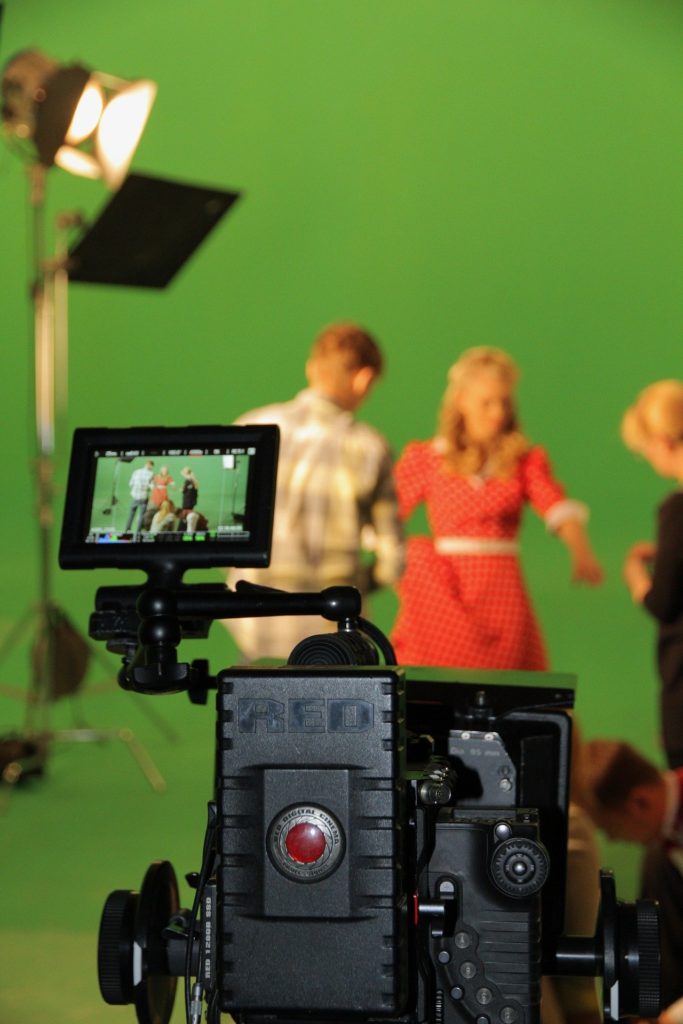
Since the early history of film development, lighting has always been one of the most basic elements of constructing a picture. As in real life, light is the foundation of images and everything the human eye sees. Everything the human eye sees is light reflected from objects with different color temperatures. Humans receive light signals through the iris, and after the brain’s analysis, the world is constructed into a three-dimensional perspective. The camera is a model that imitates the human eye. The image is recorded on a film through the iris-like membrane and reproduced in different proportions. In order to produce a three-dimensional image, the camera also needs the assistance of lighting to help the audience better understand the story or plot that the producer wants to express. Professionals in the industry have been working to improve the technology in this area.
The narrative forms of early human stories are generally carried out in the following common ways: novels, comedies, science fiction, dramas, etc. With the development of film and film lighting theory, different lighting techniques are associated with different types of stories to stimulate different emotional reactions and emotions of the audience.
There are three main lighting style terms commonly used by film producers that can achieve the expected narrative psychological effect: high key, low key and available light. Cinematographers can use these lighting techniques to greatly enhance the plot development, character characteristics, theme style and mood of the whole film.
For example, in film theory, photographers set bright lights and use less contrast to create a smooth and shiny appearance to induce emotional reactions of joy and happiness in the audience. In this style of lighting, things are usually interpreted as kind, cute, funny or heroic. This lighting style is defined as high key.
In the process of naming the style of movie lighting, the designers have conducted a lot of tests. In these tests, the data collected by the designers include: the emotional and physical reactions of the audience. The testing will be based on three basic types of lighting styles-high key, low key and available light. During the test, the three lighting styles are separated from other potential form variables that may affect the audience’s response, and the data is collected in a relatively short period of time to prevent the audience from causing false reactions due to fatigue or repeated viewing.
4.2 High key
High key, this lighting style, was used in comedy in the early days, it was the earliest and the only lighting style at that time. Bright lights shine on the characters, giving flat lighting and washing. The argument about whether it is ‘first lighting style’ seems to be controversial in the history of film development, but it is basically certain that the first movie is a comedy-Fred Ott’s “Sneeze”. But regardless of whether this movie is really the first movie or not, comedy is also a very common theme in early movies. This type of film is basically shot under high-key style lighting, and it is often introduced indoors by means of physical reflections using sufficient external light.
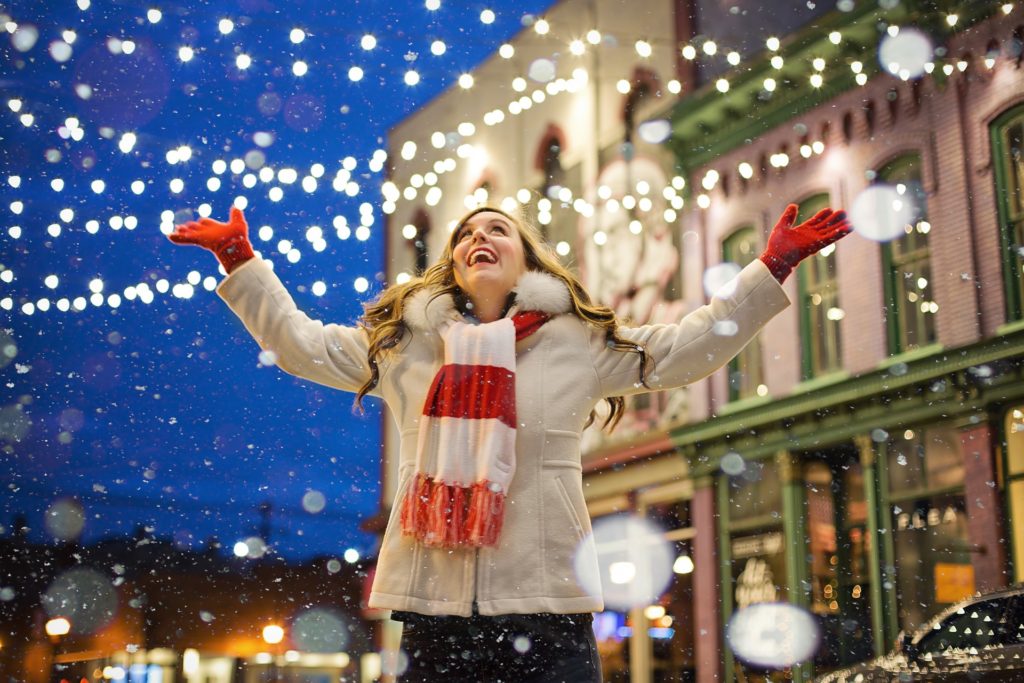
Under high-key lighting conditions, the audience can clearly see all visual spaces, and the lights are tiled throughout the space without shadows, leaving the audience with a sense of security and positive feelings.
In 1927, sound became popular in commercial applications. At that time, panchromatic film was equally sensitive to all spectrum. Therefore, filmmakers could use tungsten lamps on the scene instead of noisy and dangerous carbon arc lamps. Producers began to include sound recordings in the movies, and dialogue began to appear in comedy scenarios. In the 1930s, grotesque comedies became very popular, and the content of confrontation and tension to be expressed in comedy was established through the plot line of the “war of the genders” type. Although this style of comedy has gradually evolved into a romantic comedy, high key lighting style has not changed: bright lights are set in an environment rich in elements, nothing is lurking in the shadows, everything is open and visible, even if in the night scene.
4.3 Low-key
The low-key lighting style, which has been used in theaters for a long time, has been slowly transferred to movies,

and mainly in movies of the Noir genre. Its characteristics are: high contrast, dark shadows, semi-bright scenery and faces. It is said that the low-key lighting style originated in the United States in the 1920s and was formed by a combination of tough guy novels and German expressionism. The low-key lighting style has a modeling style of dark shadows and bright light. This lighting style was very popular between 1941 and 1958 and is still in use today. In the same year, the application of panchromatic film stock gave filmmakers more freedom in setting up indoor lighting devices. In 1946, the film style of Firm Noir made a popularity wave among French artists. This style originated from France and became an important place in the United States, producing many well-known film works, such as “The Third Man”. In this style of film, the shadow prevails. The characters wander between darkness and light, and their faces often have shadow slashes. Even in the daytime, they are mainly gloomy and depressed, with pessimism and doom as the main line.
4.4 Available light
The most common lighting style used in documentaries is available light. When filmmakers make documentaries, they often get the lighting of the scene from any place where natural light can be obtained. The earliest recorded narrative film probably appeared in 2002, when advanced technology invented a commercial digital video camera. In the 1990s, American independent film production styles tended more towards low-key realism than fancy techniques. Programs such as
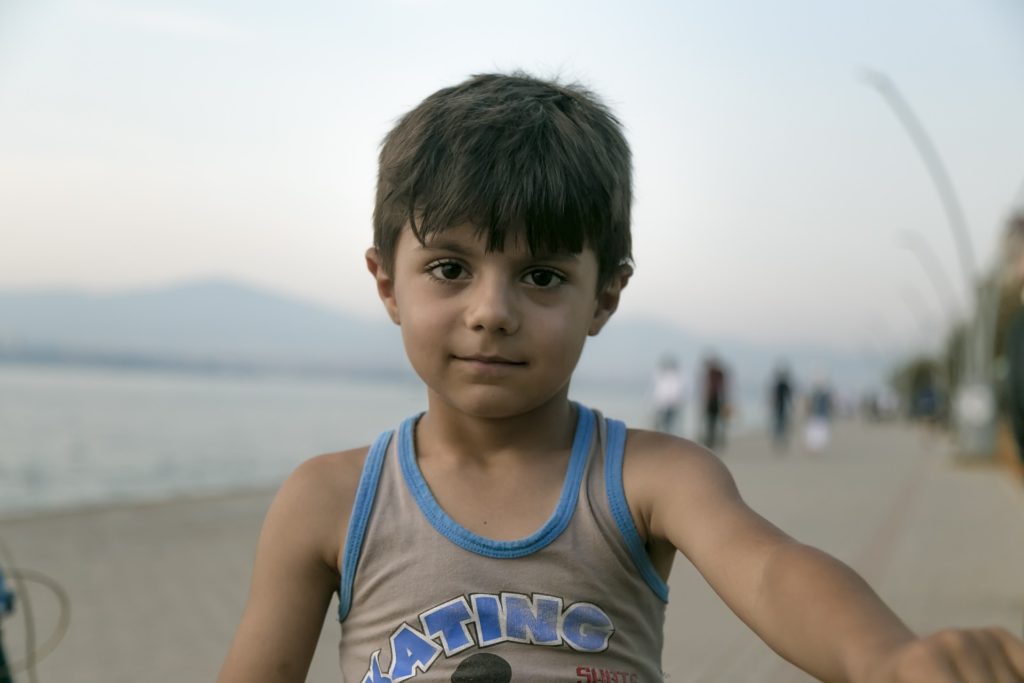
documentaries, traditional narratives and reality shows use only available lighting, aiming to give viewers a very real life experience. This type of work has rough picture quality and ordinary tone, even if the content may be a fictional story. Available light can make the audience lose their sensitivity to the perception of light, which is a very important discovery. Because it supports the fact that the audience knows that the film may not be carefully made, but at the same time it does not feel that the filmmaker is using technology to control the image. The available light will be considered a branch of the low-key lighting style to some extent, because the available light is often accompanied by many dark places. Perhaps the only difference between low-key and available light is the audience’s perception of whether it is controlled.
With the development of the Internet and the penetration of amateurs into all kinds of film and television works, this type of lighting style has achieved great success in the film production industry, and has gradually stood in various film festivals and even Netflix series. This was a great miracle of the successful combination of film art and real life display. The lighting style of available light can make the story close to life, become credible, and make it easier for the audience to manipulate for the filmmaker. The viewer believes that he or she is watching a true story. With the advancement of technology, as well as the higher and higher pixels, the picture quality is becoming more and more realistic for mobile phone cameras. Even the more average film and television makers can produce convincing realistic feelings through lighting and camera operations.
4.5 Realistic support for lighting style
The three styles of high-key, low-key and available light are created and implemented based on the development of human psychology. Some researchers have recorded a series of data in an experiment on “the effect of lighting on the perception of facial surface.” Participants recognize and judge faces and objects under different positions and lighting conditions. Researchers used different lighting techniques, such as top lighting, 45-degree lighting, and bottom lighting, to achieve occlusion effects on the front, side, and quarter faces of the facial contour. The results showed that the participants showed higher accuracy and confidence when watching the subjects under high key lighting, and showed doubts and self-doubt when there were more shadows. This will support the fact that high-key lighting conditions can bring people affirmative emotions, while low-key lighting conditions can bring people negative emotions. Therefore, although in the past, film theory has not yet formed a unified opinion in the film industry. But the factual evidence also gave filmmakers a lot of persuasion-different lighting will cause the audience’s emotional response to be significantly different.
Therefore, in subsequent studies, scholars believe that the audience’s reaction to the lighting style determines the major genres in the movie. According to the concept and market, directors and photographers develop the type of film suitable for their work, thereby designing the lighting style.
5.End

With the continuous changes in the film industry and the advancement of new technologies, various types of filmmakers have appeared one after another.
The camera not only provides a wealth of business information for the public, but also continuously upgrades the technology to allow filmmakers to obtain high-quality images under lower lighting conditions. More and more novices are able to pick up cameras to shoot movies. Through the developed communication channel of the Internet, many small movie works can be seen by the public, and even a lot of financial income can be obtained. It sounds like cinema lighting is no longer a necessary element. But we don’t think so. The audience will directly get different emotional reactions from different movie lighting conditions. Without the aid of lighting, these emotions can hardly be fully expressed. In an era when film production technology is becoming more and more transparent, the success of a film is more importantly reflected in its ability to resonate with the audience. So the role of lighting is declining? let us wait and see.
The product you might like:
2-in-1 continuous lighting for filming
Combination of Hard and Softbox Lighting
The Ledsfilm’s High power LED continuous hard lights are suitable for any indoor and outdoor shooting tasks. The maximum brightness of 200000 lumens (1500 watt) offers you an unprecedented lighting experience. If you are looking for tungsten, fluorescent or HMI, having the LED replacement saves a lot of time and money because of its high energy efficiency and versatile functions.
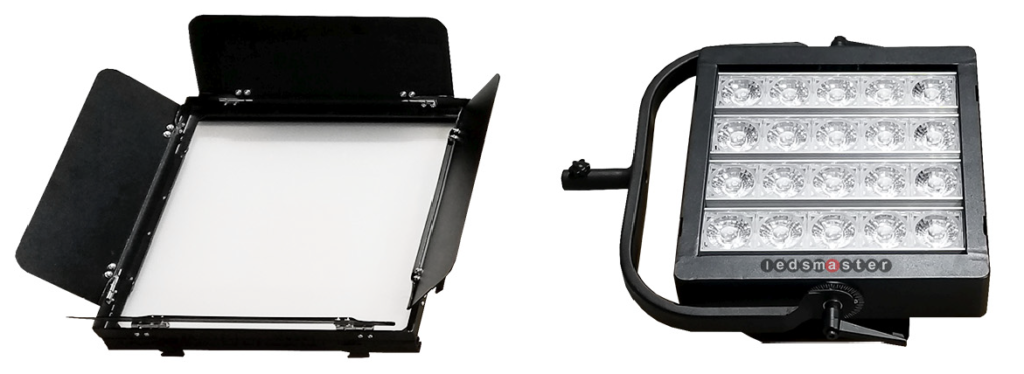
Exclusive Features
2-in-1 Hard&Soft Llghts–This product comes with versatile accessones that turn your continuous lighting from hard light to soft box light with 30 seconds. Various
filters and softbox size can be selected. All you need to do is to carry one single lights and numerous accessories. No screwdriver or other tools are need during the
replacement
2 Times Power Boosting for ultra bright illummatlon– If you happen to require instant high power lighting for your f ilming work. You may need to carry bulky equipment, which cost more to transport. Nonetheless, Ledsfilm LED Power Boosting technique solves this issue. Our power boost function increases the lumen output of the lights by 2 times. For instance, a 600W LED can be driven to 1200W light output for 10 minutes. The advantage is that you have no need to buy the more expensive luminary and save your space. It is suitable for f ilm makers who need temporary high power studio lighting. The maximum power our product
achieved is 3000 watt (base on 1500W super boost).
Extrahght weIghtfor better portability–This product is made of quahty aluminum alloy that is strong yet light.
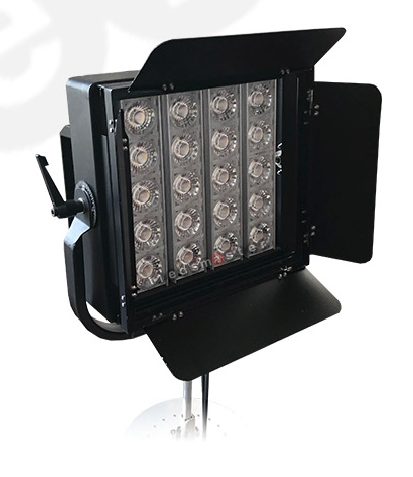
To protect the equipment, we offer customized transport case.
ALL-IN-ONE Power Supply- Fit for All of 0ur Film Lights– Our power supply fits for all our studio lighting products with equivalent wattage. For instance, the driver of 300 watt LED hard light can be applied to this 300 watt LED softbox lights.
Easy refurbIshment- Reuse All the Parts m the Future–Modular design allows you to reuse the parts of the lights. For instance, the power supply, battery, LED chips can be removed and substitute to our other products.
Easy Dimming– Different scenes need d1fferent brightness levels Some people may think that we need to carry several different video lights. In fact, only one photographic lighting device with adjustable brightness is sufficient. Our product supports 10- 100% dimming, and thus you can have almost full control of the brightness for different shooing scenes. The control panel is easy to use and compact.
80% EnergySavmg and 80000 hours Long Life span–LED is the best studio lighting among tungsten, HMI and fluorescent because of its high energy efficiency. For instance, the lOOW LED produces the same brightness of 800-lOOOW tungsten lights. It is because around 90% energy is wasted as heat loss
for tungsten. LED is a contemporary, relatively cool light source that turns 95% power input directly into light energy. Another benefit is that LED has much longer life span than the above traditional lamps. LED has 8 to 10 times higher service life than these conventional equipment.
